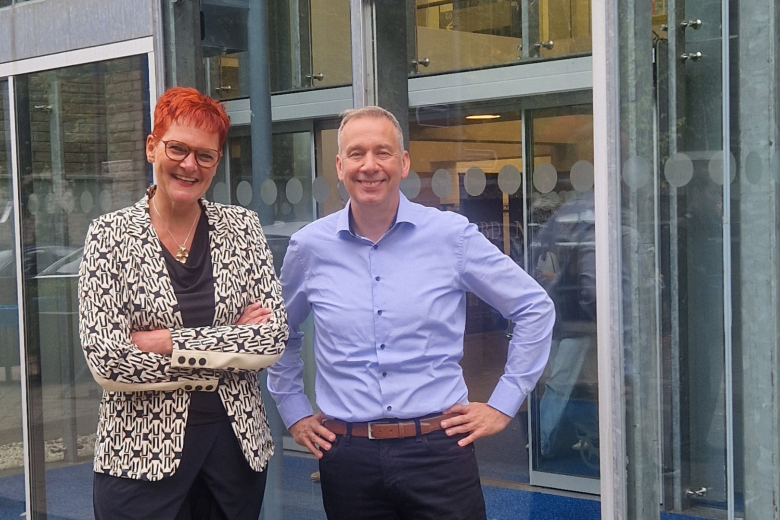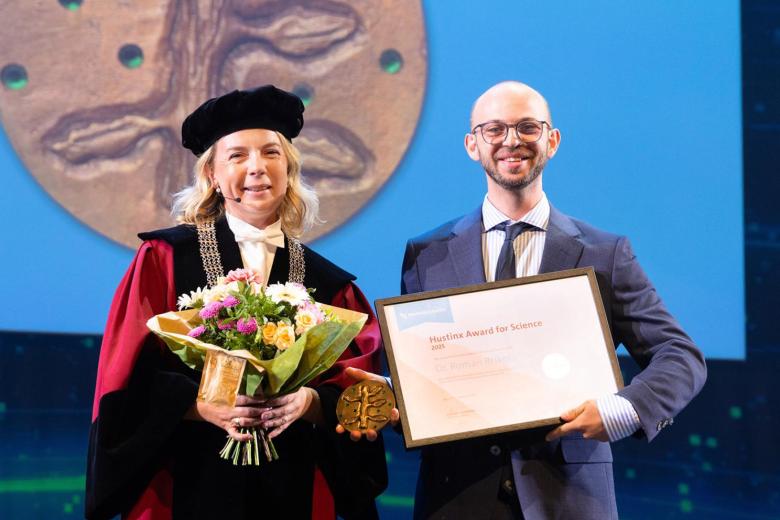'The "the Netherlands-is-full (Nederland-is-vol)" idea leads to policy failure'
The discussion on how many inhabitants the Netherlands could or should have ignores the most essential factor: the rate of change in the size and the composition of the population. While the discussions in recent decades to date have focused on questions such as how many people the Netherlands can have before it is full, and what the optimal population size is for our country, we thereby paralyse the debate on what is needed to adapt to the changes that are needed to keep liveability and prosperity high.
This also refers to the large Dutch ecological footprint, the excessive emissions of nitrogen and greenhouse gases, the depletion of energy resources, and the limited capacity in healthcare and education. As a result, some Dutch scholars and politicians are calling for restrictive immigration and birth control.
What does 'full' even mean?
This does not acknowledge that the margins for possible population size in the Netherlands are wide, ranging from 2 million people consuming no fossil fuels and living ecologically in balance with nature, to as many as 278 million, without agriculture with only city parks and the population density of The Hague. Furthermore, there are countless calculations trying to substantiate how many people the Netherlands could maximally or optimally have given the scarce land for housing, agriculture, infrastructure and nature. The perspective of what 'full' means changes based on circumstances and time. After World War II, emigration was promoted to counter population growth at a population of 10 million in 1950, a figure that was scientifically substantiated in 1973. The Club of 10 Million, when it was founded in 1994, thought this was a good number to fall back on. But 16 million was enough for Pim Fortuyn in 2002. Usually, people refer to the crowds on the roads, in trains and in nature to indicate the reasons for 'the Netherlands is full'. However, there is no number to put on number of people the Netherlands can have to keep it liveable and prosperous. Indeed, it is not about that number at all, but about the rapid changes in population that make citizens sigh and groan, making the country squeak and creak.
There is no optimal population size
The population in the Netherlands can be very small, large or very large, anything is possible within very wide margins. Agglomeration benefits through the clustering of companies and consumers leading to higher productivity, and higher wages and incomes. Of course, these benefits are also offset by agglomeration disadvantages due to congestion and pollution, or a one-sided and therefore vulnerable economy. A trade-off between the two can be analysed within the framework of the Sustainable Development Goals or, in the Netherlands, the framework of broad prosperity (‘brede welvaart’). A city-state like Singapore shows that whether agglomeration disadvantages manifest themselves is a matter of investing in advanced technologies, forms of organisation, infrastructure, and excellent facilities. For the larger countries with the highest population density (with the Netherlands in fifth place) dispersion of the population, housing and economic activities are a godsend.
Change rather than size matters
What matters are the transitions from one size of the population to another, and the short or longer period in which this takes place, i.e. the speed of transition. A change in this speed and predictability also play a role. Rapid and unpredictable changes in population size and composition can involve growth, shrinkage, emigration, ageing and dejuvenation of the population, the trend towards small households, and increasing diversity of cultures through immigration. In municipalities with many migrants and asylum seekers' centres, in many university cities but also shrinking regions, people have experience with the large and sometimes unforeseen changes in the population.
Call for better policies
Rapid changes require rapid adjustments in, for instance, asylum reception, housing, urban planning, infrastructure, care, and education. Let that be precisely what we are not good at in our little polder country. Things happen too slowly and 'The Hague' sometimes prefers to retreat behind the dykes instead of taking up the challenges in the regions. After all, finding the right solutions to the problems we face is harder than proclaiming an immigration ban on refugees, students and even labour and knowledge workers. Fixing population and migrant numbers delays making new policies to make the necessary adjustments. We should speed up new policies for the housing market, the energy transition, investments in artificial intelligence, public transport, and education infrastructure instead of introducing immigration restrictions that may harm our economy.
|
References https://cris.maastrichtuniversity.nl/en/publications/krimpen-zonder-kramp https://academic.oup.com/joeg/article/8/2/181/887553 https://ourworldindata.org/most-densely-populated-countries https://data.worldbank.org/indicator/EN.POP.DNST?most_recent_value_desc=true https://www.nrc.nl/nieuws/2023/01/05/wat-is-vol-ligt-eraan-wanneer-je-het-vraagt-a4153467 https://www.nrc.nl/nieuws/2023/01/02/nederland-te-vol-die-vraag-wordt-al-meer-dan-70-jaar-gesteld-2-a4153094 |
Also read
-
EU grant to co-create pioneering research in ethical AI for healthcare
Prof. Dr. Dominik Mahr and Prof. Dr. Gaby Odekerken-Schröder from the School of Business and Economics (SBE) are part of a consortium that has been awarded a €2.3 million Marie Skłodowska-Curie Actions training network grant for their project JustHealth.
This project aims to create a decolonised...

-
Prof. Dr. Wim Gijselaers receives prestigious AERA Distinguished Career Award
Prof. Dr. Wim Gijselaers has received the Distinguished Career Award from AERA Division I, recognising his pioneering research, mentorship and decades of leadership in education in the professions.

-
Research on AI in the workplace: Dr. Roman Briker wins Hustinx Science Award
The School of Business and Economics is proud to share that Dr. Roman Briker, Assistant Professor of Organisational Behaviour, has been awarded the 2025 Hustinx Science Award.
